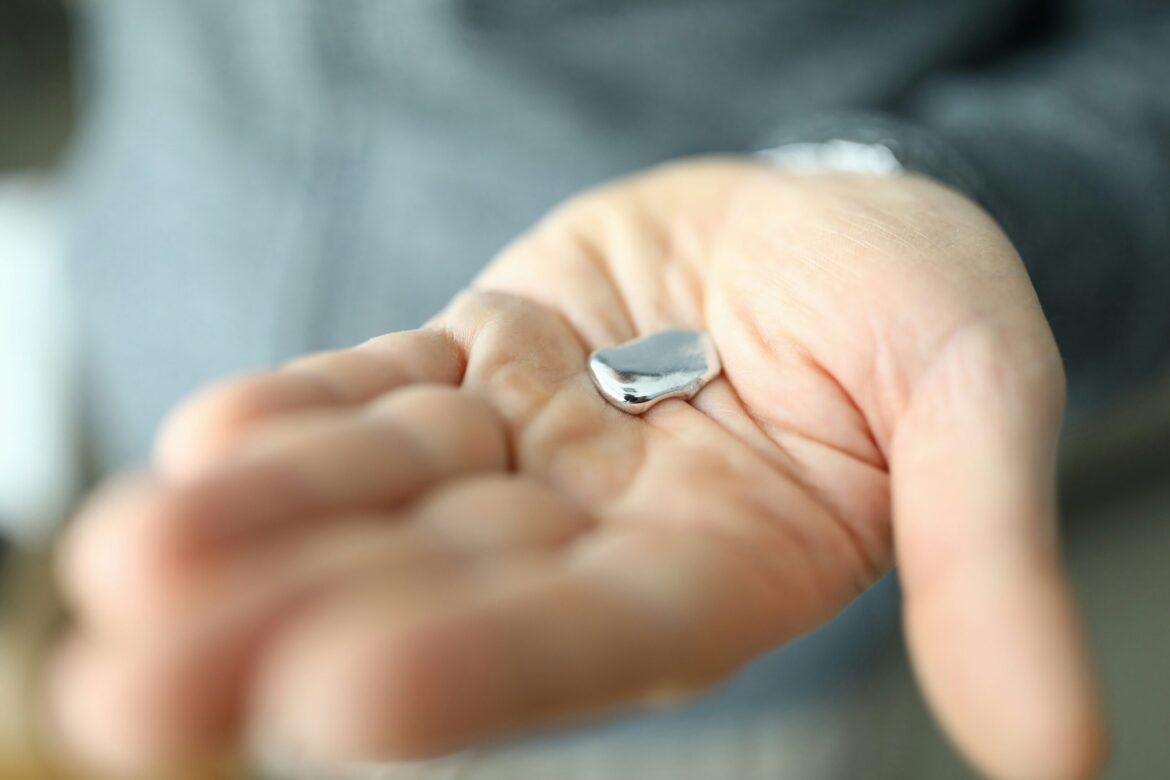In a groundbreaking achievement, scientists at Northwestern University have unveiled the world’s smallest pacemaker, a revolutionary medical device measuring just 3.5 millimeters in length. This tiny pacemaker represents a significant leap forward in cardiac care, offering a temporary, non-invasive solution for patients with heart rhythm disorders. The device’s innovative design allows it to be injected into the body without the need for surgery, providing a safer and more comfortable alternative to traditional pacemakers.
Unlike conventional pacemakers, which require surgical implantation and are typically permanent, this novel device is designed to be biodegradable. After a set period, it naturally dissolves within the body, tailored to the specific needs of the patient. This means that the pacemaker can deliver the necessary cardiac support only for as long as required, significantly reducing the need for follow-up surgeries or removal procedures. This breakthrough addresses a critical need for temporary pacemakers in situations where the device is needed for a limited time, such as during recovery from heart surgery or after a cardiac event.
One of the most remarkable features of this pacemaker is its activation mechanism. Instead of relying on electrical signals or mechanical components, this device is activated by light. This novel approach offers precise control over the pacemaker’s functionality, allowing for real-time adjustments based on the patient’s condition. The light-based activation method also helps minimize complications associated with electrical or battery-powered pacemakers, offering an innovative solution for the future of cardiac care.
The pacemaker’s small size and non-invasive method of delivery make it an ideal option for a wide range of patients, including those who may not be candidates for traditional pacemaker implantation. Its temporary nature also eliminates the need for permanent implantation, which is a significant advantage for patients who require short-term cardiac support.
This innovation represents not only a major advancement in medical technology but also a step toward more personalized and adaptable healthcare solutions. The ability to customize the pacemaker’s functionality based on the patient’s needs marks a new era in cardiac treatment, where devices can be tailored to provide the most effective care without unnecessary procedures or long-term risks.
As medical research continues to evolve, this tiny pacemaker paves the way for further innovations in the field of bioelectronics and regenerative medicine. The combination of miniaturization, biodegradability, and light-based activation may revolutionize the treatment of cardiac conditions, offering safer, more efficient, and patient-friendly alternatives to existing technologies. With this breakthrough, scientists at Northwestern University have not only demonstrated the potential of cutting-edge medical devices but have also set the stage for future advancements in cardiac care that could improve the lives of millions worldwide.

